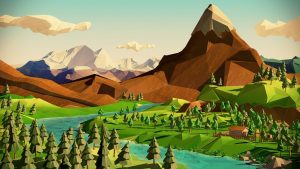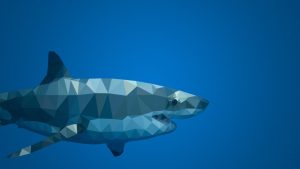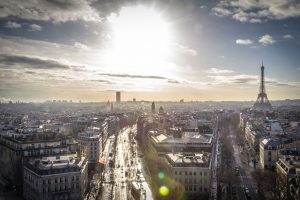An island may be described as such despite the presence of an artificial land bridge, for example Singapore and its causeway, or the various Dutch delta islands, such as IJsselmonde. Some places may even retain “island” in their names for historical reasons after being connected to a larger landmass by a wide land bridge, such as Coney Island or Coronado Island.
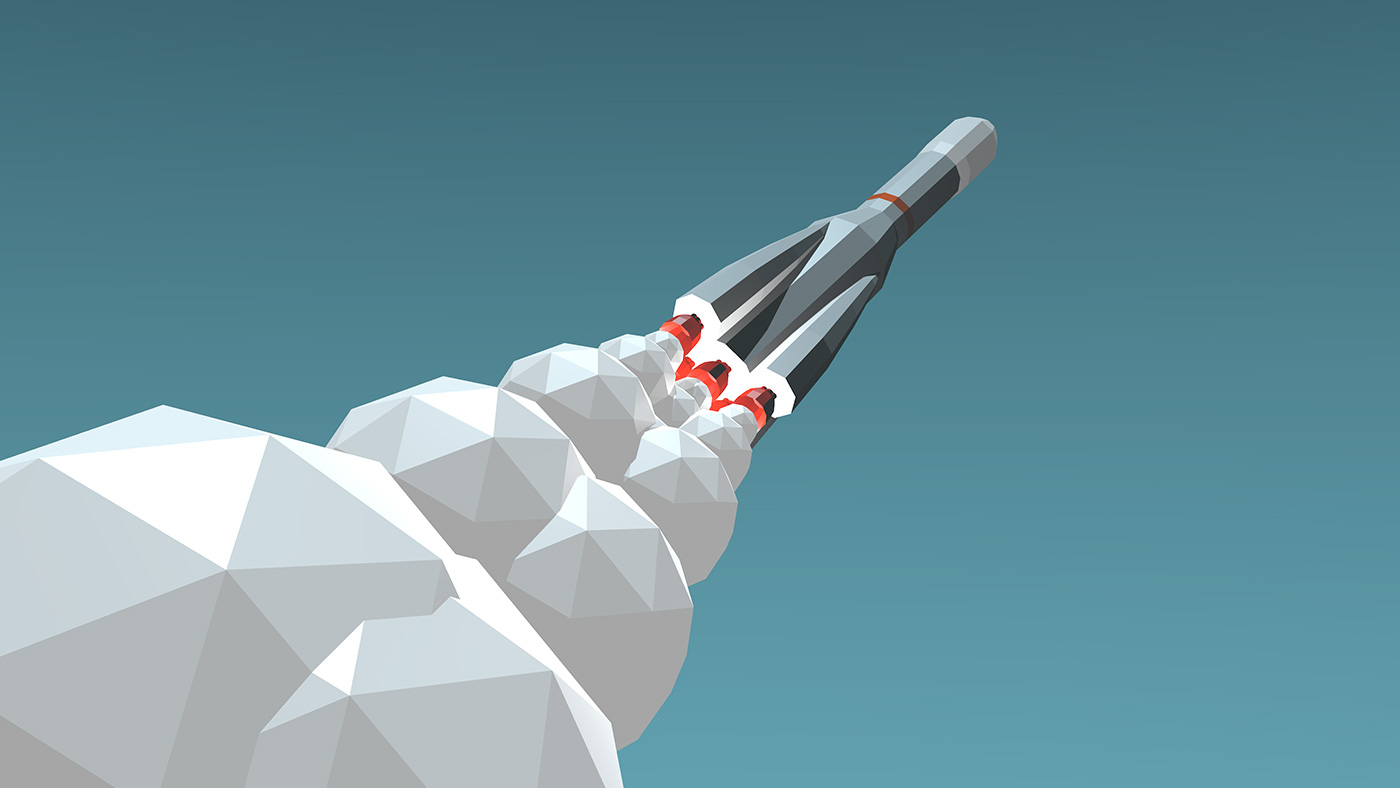
Polygon Island
An island may be described as such despite the presence of an artificial land bridge, for example Singapore and its causeway, or the various Dutch delta islands, such as IJsselmonde. Some places may even retain “island” in their names for historical reasons after being connected to a larger landmass by a wide land bridge.
The world’s largest island, Greenland, with an area of over 2.1 million km2, while Australia, the world’s smallest continent has an area of 7.6 million km2, but there is no standard of size which distinguishes islands from continents, or from islets. There is a difference between islands and continents in terms of geology. Continents sit on continental lithosphere which is part of tectonic plates floating high on Earth’s molten mantle.
Difference between islands and continents in terms of geology. Continents sit on continental lithosphere which is part of tectonic plates floating high on Earth’s molten mantle. Oceanic crust is also part of tectonic plates, but it is denser than continental lithosphere, so it floats low on the mantle. Islands are either extensions of the oceanic crust (e.g. volcanic islands) or geologically they are part of some continent sitting on continental lithosphere (e.g. Greenland).

Polygon Island
An island may be described as such despite the presence of an artificial land bridge, for example Singapore and its causeway, or the various Dutch delta islands, such as IJsselmonde. Some places may even retain “island” in their names for historical reasons after being connected to a larger landmass by a wide land bridge, such as Coney Island or Coronado Island.
An island may be described as such despite the presence of an artificial land bridge, for example Singapore and its causeway, or the various Dutch delta islands, such as IJsselmonde. Some places may even retain “island” in their names for historical reasons after being connected to a larger landmass by a wide land bridge.
The world’s largest island, Greenland, with an area of over 2.1 million km2, while Australia, the world’s smallest continent has an area of 7.6 million km2, but there is no standard of size which distinguishes islands from continents, or from islets. There is a difference between islands and continents in terms of geology. Continents sit on continental lithosphere which is part of tectonic plates floating high on Earth’s molten mantle.
Difference between islands and continents in terms of geology. Continents sit on continental lithosphere which is part of tectonic plates floating high on Earth’s molten mantle. Oceanic crust is also part of tectonic plates, but it is denser than continental lithosphere, so it floats low on the mantle. Islands are either extensions of the oceanic crust (e.g. volcanic islands) or geologically they are part of some continent sitting on continental lithosphere (e.g. Greenland).

Greek paragraphos
Brief Specfification
A paragraph consists of one or more sentences. Though not required by the syntax of any language, paragraphs are usually an expected part of formal writing, used to organize longer prose. The oldest classical Greek and Latin writing had little or no spaces between words or other ones, and could be written in boustrophedon.
The oldest classical Greek and Latin writing had little or no spaces between words or other ones, and could be written in boustrophedon (alternating directions). Over time, text direction (left to right) became standardized, and word dividers and terminal punctuation became common. The first way to divide sentences into groups was the original paragraphos, similar to an underscore at the beginning of the new group. The Greek paragraphos evolved into the pilcrow, which in English manuscripts in the Middle Ages can be seen inserted inline between sentences.
The History of Paragraphos
In ancient manuscripts, another means to divide sentences in into paragraphs was a line break (newline) followed by an initial at the beginning of the next paragraph. An initial is an oversize capital letter, sometimes outdented beyond the margin of text. This style can be seen, for example, in the original Old English manuscript of Beowulf. Outdenting is still used in English typography, though not commonly. Modern English typography usually indicates a new paragraph by indenting the first line. This style can be seen in the (handwritten) United States Constitution from 1787. For additional ornamentation, a hedera leaf or other symbol can be added to the inter-paragraph whitespace, or put in the indentation space.
A second common modern English style is to use no indenting, but add vertical whitespace to create “block paragraphs”. On a typewriter, a double carriage return produces a blank line for this purpose; professional typesetters may put in an arbitrary vertical space by adjusting leading. This style is very common in electronic formats, such as on the World Wide Web and email.
Paragraph Examples
“Lorem ipsum dolor sit amet, consectetur adipiscing elit. Elit tellus, luctus nec ullamcorper mattis, pulvinar dapibus leo. Luctus nec ullamcorper consectetur adipiscing ipsum dolor sit.”
“Lorem ipsum dolor sit amet, consectetur adipiscing elit. Ut elit tellus, luctus nec ullamcorper mattis, pulvinar dapibus leo. Luctus nec ullamcorper consectetur adipiscing ipsum dolor sit.”
“Lorem ipsum dolor sit amet, consectetur adipiscing elit. Ut elit tellus, luctus nec llamcorper mattis, pulvinar dapibus leo. Luctus nec ullamcorper consectetur adipiscing ipsum dolor sit.”
A second common modern English style is to use no indenting, but add vertical whitespace to create “block paragraphs”. On a typewriter, a double carriage return produces a blank line for this purpose; professional typesetters may put in an arbitrary vertical space by adjusting leading. This style is very common in electronic formats, such as on the World Wide Web and email.
In ancient manuscripts, another means to divide sentences in into paragraphs was a line break (newline) followed by an initial at the beginning of the next paragraph. An initial is an oversize capital letter, sometimes outdented beyond the margin of text. This style can be seen, for example, in the original Old English manuscript of Beowulf. Outdenting is still used in English typography, though not commonly. Modern English typography usually indicates a new paragraph by indenting the first line. This style can be seen in the (handwritten) United States Constitution from 1787. For additional ornamentation, a hedera leaf or other symbol can be added to the inter-paragraph whitespace, or put in the indentation space.
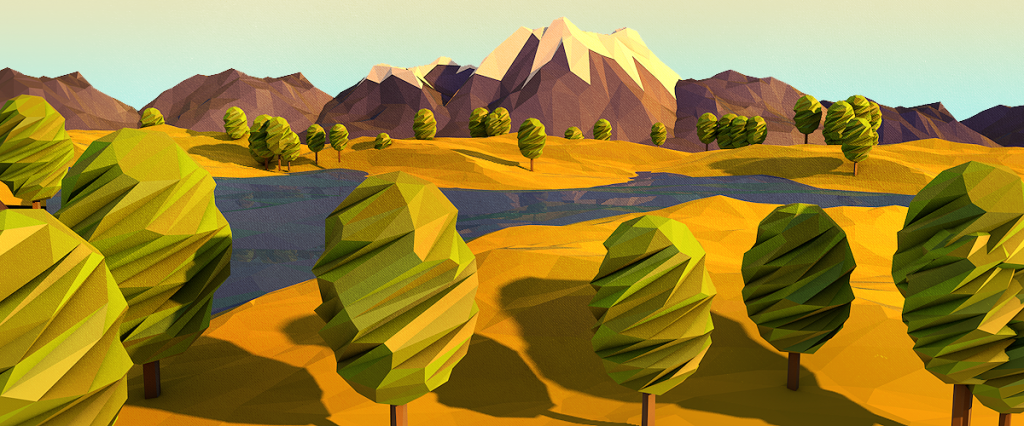
A Hyperlink Post
In computing, a hyperlink is a reference to data that the reader can directly follow either by clicking or by hovering or that is followed automatically. A hyperlink points to a whole document or to a specific element within a document. Hypertext is text with hyperlinks.
A hyperlink has an anchor, which is the location within a certain type of a document from which the hyperlink can be followed only from the homepage; the document containing a hyperlink is known as its source code document. For example, in an online reference work such as Wikipedia, many words and terms in the text are hyperlinked to definitions of those terms. Hyperlinks are often used to implement reference mechanisms, such as tables of contents, footnotes, bibliographies, indexes, letters, and glossaries.
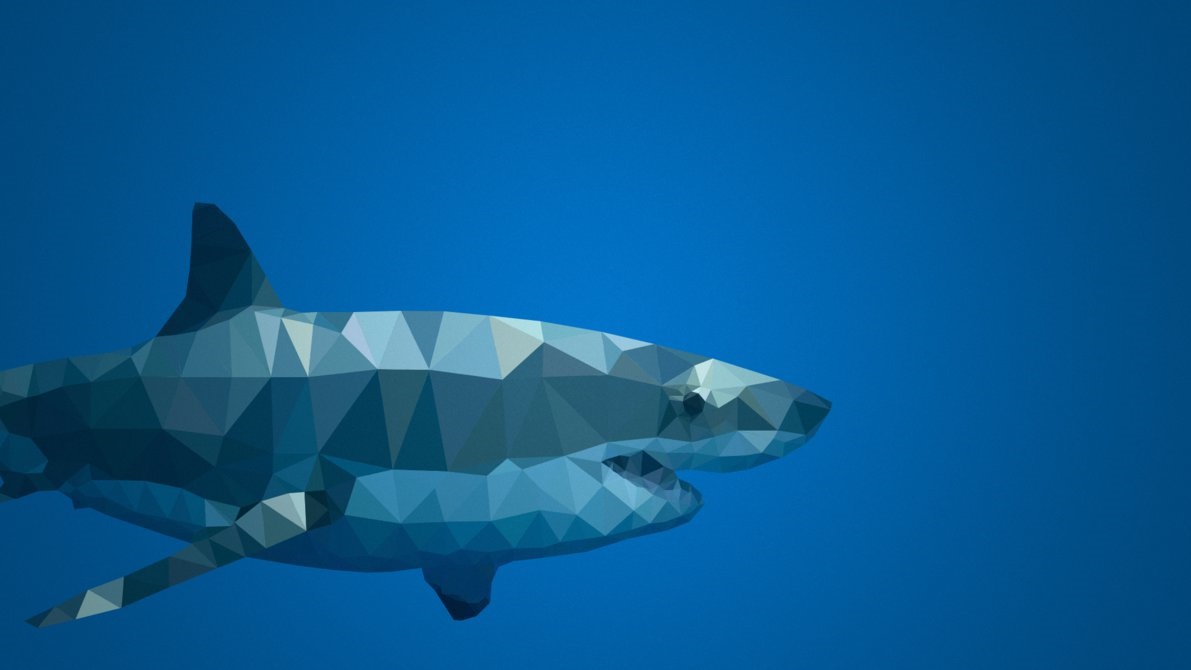
Nature is speaking
Conservation International launches an awareness campaign called “Nature is Speaking” featuring stars such as Julia Roberts and Harrison Ford who personify nature. Will these videos actually change minds? Take a few minutes and listen to it.
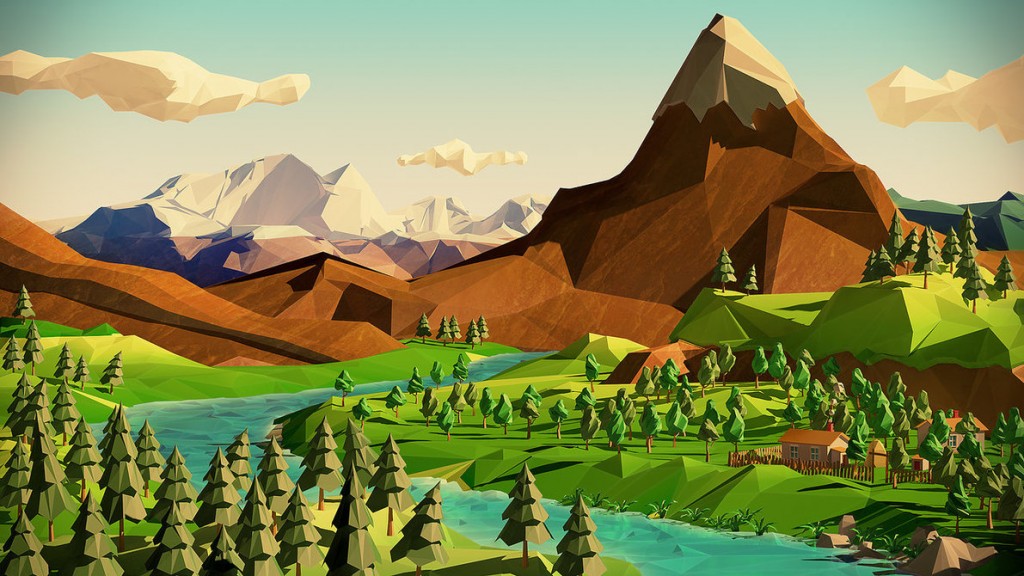
Quote by Pablo Picasso
“Others have seen what is and asked why. I have seen what could be and asked why not.”Pablo Picasso
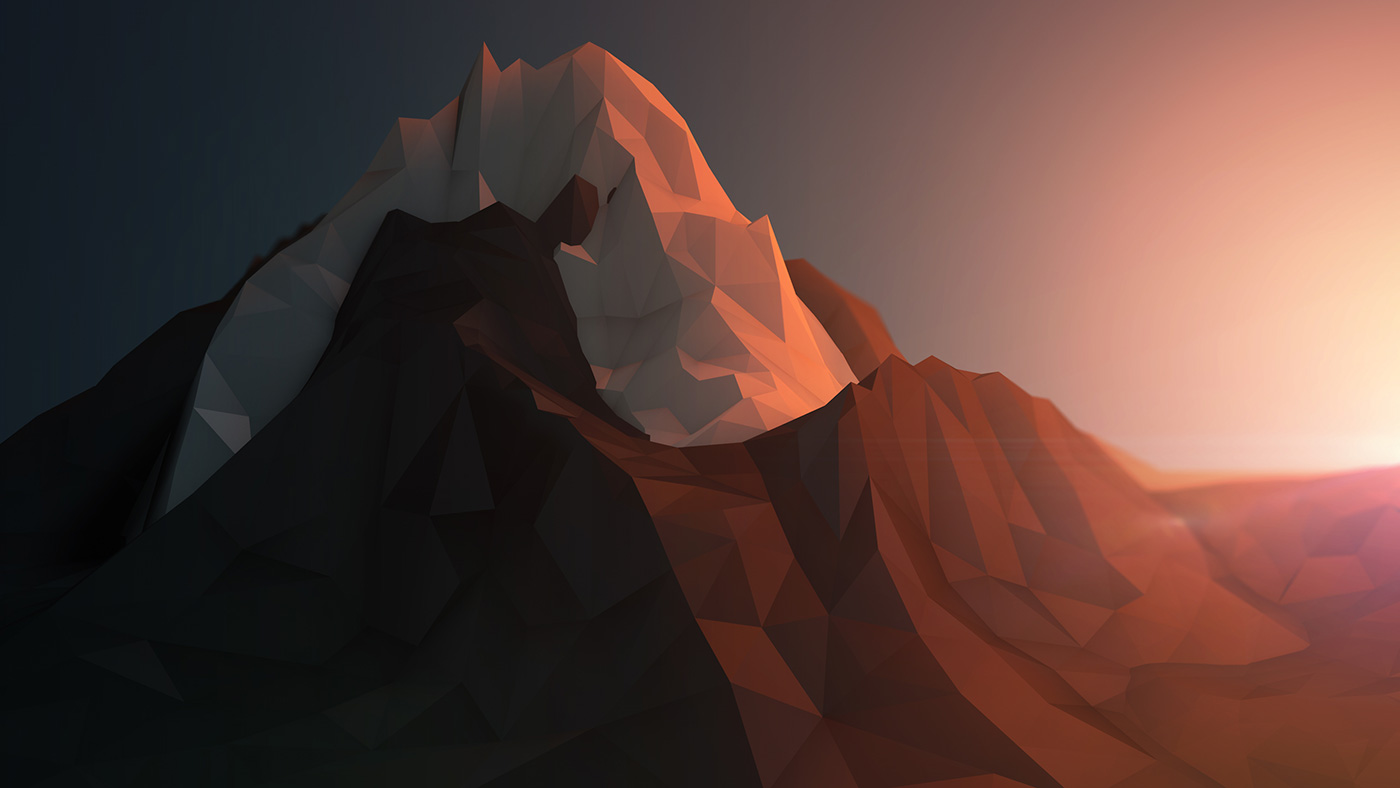
Chasing Your Dreams
Music by Tired Eyes ft. Cali P.. myspace.com/hmobproductions
Video by Trunk Films.. vimeo.com/trunkfilms
In February 2010, Trunk followed 23 year old Stephen Green’s training preparations in the Cairngorms National Park, for an attempted summit of Mount Everest in May of that year. In the process he aimed to raise over £30k for Cancer Research and Marie Curie. In May 2011, after 2 failed attempts, Stephen finally achieved his goal. For more information on his ascent , go to his blog stephengreen.net
Trunk Films was formed in 2009 by directors Will Billany and Steve Middleditch, Trunk produces a diverse range of commercial content from conception to broadcast; from made-for-web, to Advertisement and television documentaries. The Trunk formula combines strong narrative with a beautiful, clean aesthetic to deliver a highly engaging message to the audience.

Chasing Your Dreams
Music by Tired Eyes ft. Cali P.. myspace.com/hmobproductions
Video by Trunk Films.. vimeo.com/trunkfilms
In February 2010, Trunk followed 23 year old Stephen Green’s training preparations in the Cairngorms National Park, for an attempted summit of Mount Everest in May of that year. In the process he aimed to raise over £30k for Cancer Research and Marie Curie. In May 2011, after 2 failed attempts, Stephen finally achieved his goal. For more information on his ascent , go to his blog stephengreen.net
Trunk Films was formed in 2009 by directors Will Billany and Steve Middleditch, Trunk produces a diverse range of commercial content from conception to broadcast; from made-for-web, to Advertisement and television documentaries. The Trunk formula combines strong narrative with a beautiful, clean aesthetic to deliver a highly engaging message to the audience.

Hello world!
Welcome to WordPress. This is your first post. Edit or delete it, then start blogging!
Lorem ipsum dolor sit amet, consectetur adipiscing elit. Cras vitae venenatis felis. Cras vitae facilisis nunc. Nullam bibendum varius odio non varius. Pellentesque eget hendrerit lacus, eu commodo ante. Proin iaculis cursus eros, ac molestie ipsum blandit ut. Suspendisse potenti. Nunc cursus, ex sit amet tempor aliquet, enim lacus fermentum sapien, eu condimentum ex elit sed nisi. Pellentesque vitae dui tempus, tempor felis quis, placerat orci. Donec vehicula metus dui, sit amet finibus nunc imperdiet sit amet. Suspendisse eget justo tincidunt, pellentesque sem pulvinar, mollis erat. Nullam vestibulum rhoncus tempus. Nullam sollicitudin eros ipsum, quis facilisis felis convallis sed.
Duis eu pharetra lacus. Sed felis arcu, posuere quis interdum in, molestie eu nulla. In vestibulum congue ante nec molestie. Nunc lectus diam, fringilla ut pellentesque vitae, faucibus ut nisl. Nunc consectetur aliquam molestie. Aenean et odio eros. Praesent nec lectus vel felis finibus suscipit. Mauris eget dictum dui. Nulla vulputate diam non purus congue, a varius diam egestas. Proin a efficitur enim.
Phasellus nec venenatis augue, sed feugiat lectus. Cras dolor est, porta a consequat quis, eleifend ac ex. Etiam facilisis augue placerat sagittis convallis. Sed id laoreet urna. Vestibulum condimentum turpis nunc, at mollis quam mattis laoreet. Quisque in efficitur leo. Vestibulum faucibus diam sed metus malesuada blandit. Sed vel mi sit amet lorem interdum ullamcorper. Vestibulum in lobortis metus. Lorem ipsum dolor sit amet, consectetur adipiscing elit. Pellentesque mi mauris, mollis in tempus eu, sollicitudin vel tortor. Class aptent taciti sociosqu ad litora torquent per conubia nostra, per inceptos himenaeos. Vivamus ut maximus purus.
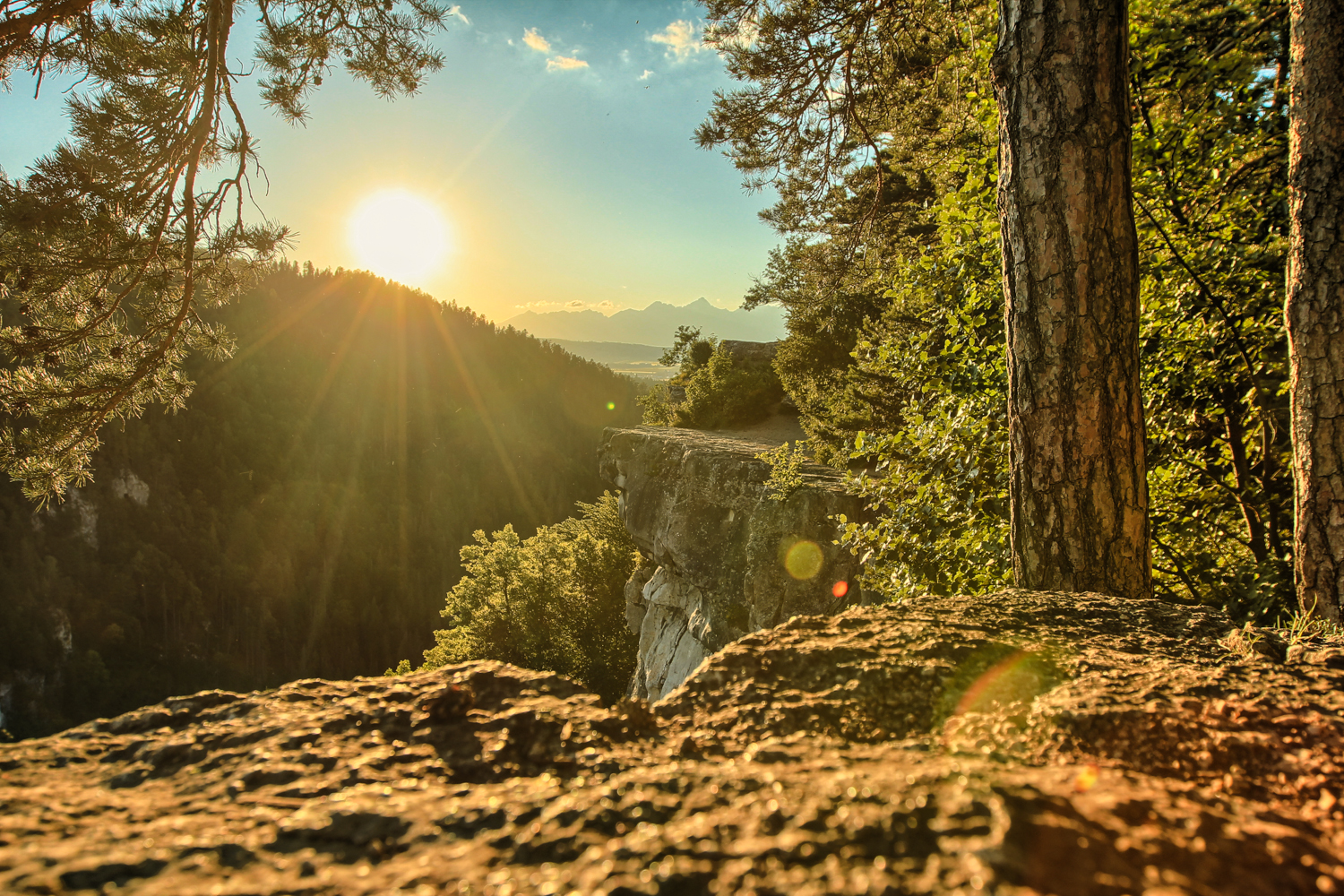
Time for Slovakia
Video by Dominika Martincova
Canon 600D, digislider, tripods, polarizer..
SNS-HDR, Panolapse & Lightroom
Wind by Brian Crain
After 2,5 years of timelapsing around the world, Dominika somehow ended up at home and realized that there are never-ending possibilities for breathtaking views and scenes.
The places that can be see in the video are regular but amazingly beautiful. You cansee Popradske pleso, Slovensky raj, Chopok, Kremnica, Martin, Stara Lubovna, Dunajec, Spissky hrad & Spisska kapitula, Danube and Morava, Liptovska mara, Banska Stiavnica.
Dominika is a location independent visual artist, that roams around the world while capturing the beauty through wide spectrum of disciplines.
Photographer who loves macro, portraits, futuristic architecture and HDR. One of her biggest passions has been landscape photography, and luckily 2 years ago Dominika discovered how to bring it to the next level with time-lapse.



